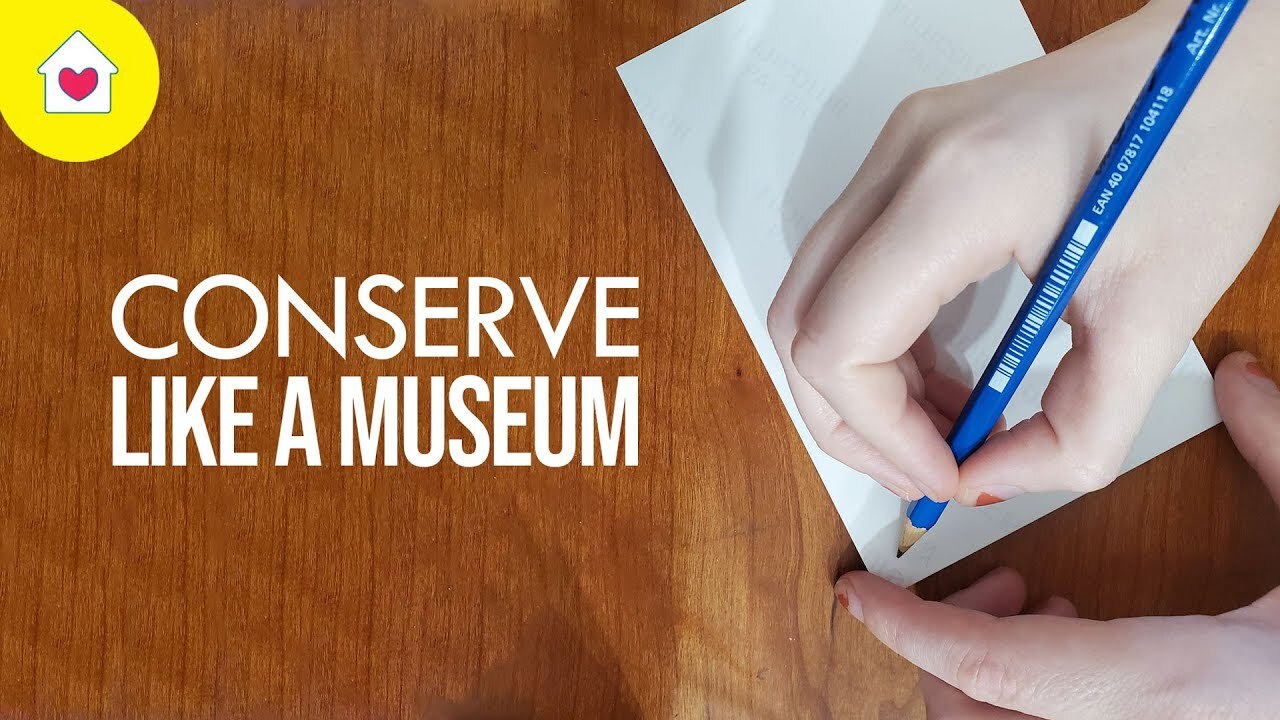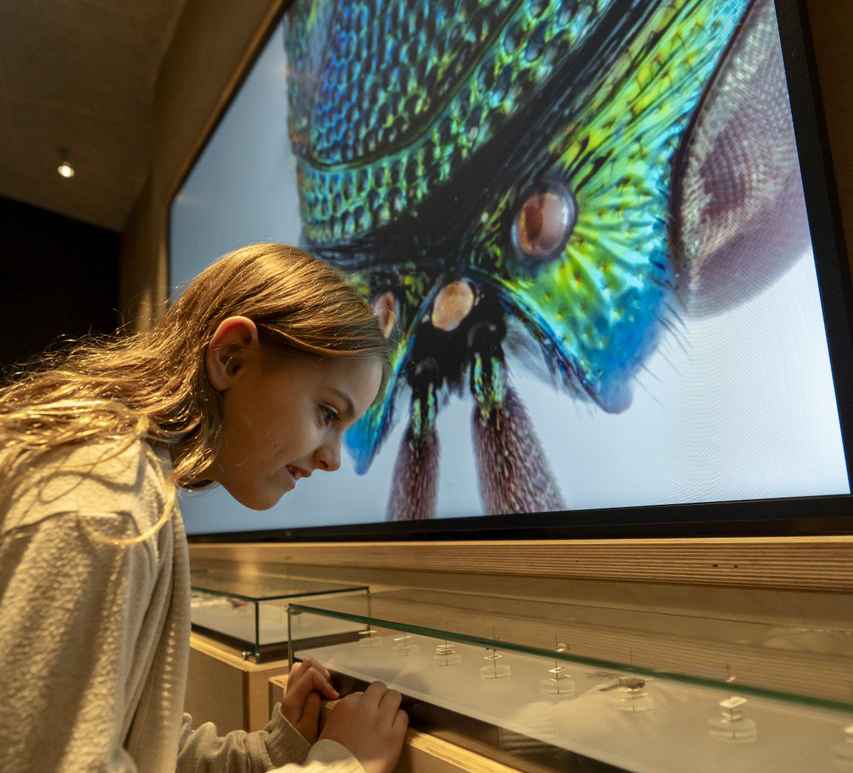Have you been spending time organizing around your home? Jenna has some tips on how you can conserve your precious family photos, tips straight from our Conservator, Victoria, and Head Curator, Ray. Proper location, storage and documentation are all part of the family photo conservation process, but as Jenna discovers, organizing (and reminiscing) appears to take the longest.
Tips on starting or keeping a collection from our Curator Ray
Doesn’t matter if it is antiques, hockey cards, butterflies, coins, family tree information, rocks, hot rods, or hot sauces – the basics of keeping a collection are mostly the same:
- Store your collection in a place that is safe from things that might harm it, things like water damage, pests, accidents, light – you have to know what might harm your collection, and protect it
- If you plan on keeping the collection for historical purposes, never tamper with the original condition – sometimes the subtle features of the original are important to interpret or understand the object and its history – that means, don’t write directly on the object!
- Always keep very careful track of the information and the story behind and the object, the object and the story have to stay connected – once the link is broken, you may never be able to put the two together again – and always write everything down, never fall for the trap that you will remember or that you will do it later, and never do things “just for now”.
- Stay organized! It is much easier to spend a bit of extra time organizing objects and their data at the beginning, than it is to collect a whole pile of things and try to deal with massive backlogs
Conservation tips for family history from our Conservator Victoria
- Where possible, store textiles flat. If storage is an issue, textiles can either be rolled on a tube for storage or folded with acid-free tissue in the folds to prevent deep creases from setting in.
- Where possible, store valuable items in water resistant containers. Polyethylene containers are great because the plastic will protect objects from damage (i.e. water, light) and are also fairly inert.
- Avoid ‘magnetic’ photo albums for your family photo collections. Magnetic photo albums have cardboard backing with an adhesive layer that grips the back of photos to keep them in place and a layer of plastic film that covers the printed image. The cardboard used in magnetic photo album pages is generally very acidic, the adhesives used are generally not archival grade, and the plastic film is often an unstable plastic. Over time, if your pictures are kept in contact with these materials it can cause yellowing and irreversible colour shifting, not to mention the adhesives can make it really difficult to remove the images from the magnetic photo album page. Look for albums that are ‘archival-grade,’ and for photo sleeves that are made from polyester or polypropylene.
- Avoid touching your valuable metals with bare hands, where possible. Use nitrile or white cotton gloves. Our fingers have all sorts of oils and debris, that once left on the surface of certain metals, can cause damage. Polish your silver as little as possible, especially if it is silver-plated or has decorative designs. Silver tarnish is actually a protective layer, and causes no damage to the underlying metal – it protects it! Though unsightly, every time your polish your silver, you are removing silver particles from the surface. Over time, excessive polishing can result in the unintended removal of silver-plating and the loss of decorative designs. 5) Should someone be interested in consulting a professional conservator, a list of accredited private practice conservators can be found on the Canadian Association of Professional Conservators (CAPC)’s directory.


